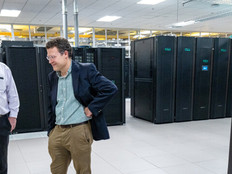NSF Connects Scientists in Antarctica
NSF faces multiple challenges as it provides communications and IT services to three research centers, two research vessels and field camps in Antarctica, where scientists from educational institutions and multiple federal agencies conduct research on biology, climate change, geology and astrophysics.
On a basic level, many consumer electronics are not designed to work below freezing. On Earth’s coldest continent, winter temperatures can drop to 80 below or worse. If devices are left out too long, circuit boards can shrink and components can freeze and fail; the dry-as-a-desert air also makes static electricity an ongoing problem.
Limited bandwidth is an equally serious issue. Because relatively few people need the service, companies don’t find it cost-effective to offer much satellite service, and running cable would cost hundreds of millions of dollars. But in 2010, NSF and the National Oceanic and Atmospheric Administration convinced an Australian satellite operator to provide internet service. The NSF’s share of the bandwidth was 18 megabits per second for download speeds and 10Mbps for upload speeds.
That’s not blazing fast for McMurdo Station, the largest of the three U.S. research centers, which houses on average 900 to 1,000 bandwidth-hungry researchers and staff from NSF, NOAA and NASA during the peak of the austral summer operating season.
“We have a network link that is essentially the same speed that a family would get in rural America,” says Smith of NSF’s Office of Polar Programs.
NSF deployed Riverbed Technology’s WAN optimization appliances to compress data and prioritize critical applications.
“We do all the things we are supposed to do: filter content and block streaming video,” he says.
How NSF Prioritizes Network Traffic in Antarctica
Internal IT traffic gets top priority at McMurdo. NSF has hired a contractor to manage day-to-day IT operations, including overseeing a large data center with Hewlett Packard Enterprise DL380 servers and a network made up of Cisco routers and switches.
When onsite IT staff can’t fix a problem, the contractor’s IT staff at its Colorado data center remotely connects to networking equipment and servers to troubleshoot.
Real-time traffic, which includes Cisco Voice over IP and Skype videoconferencing, gets second priority. While the NSF has locked down the Skype protocol to protect bandwidth, researchers share one Skype session for science operations and educational outreach with K–12 schools and colleges.



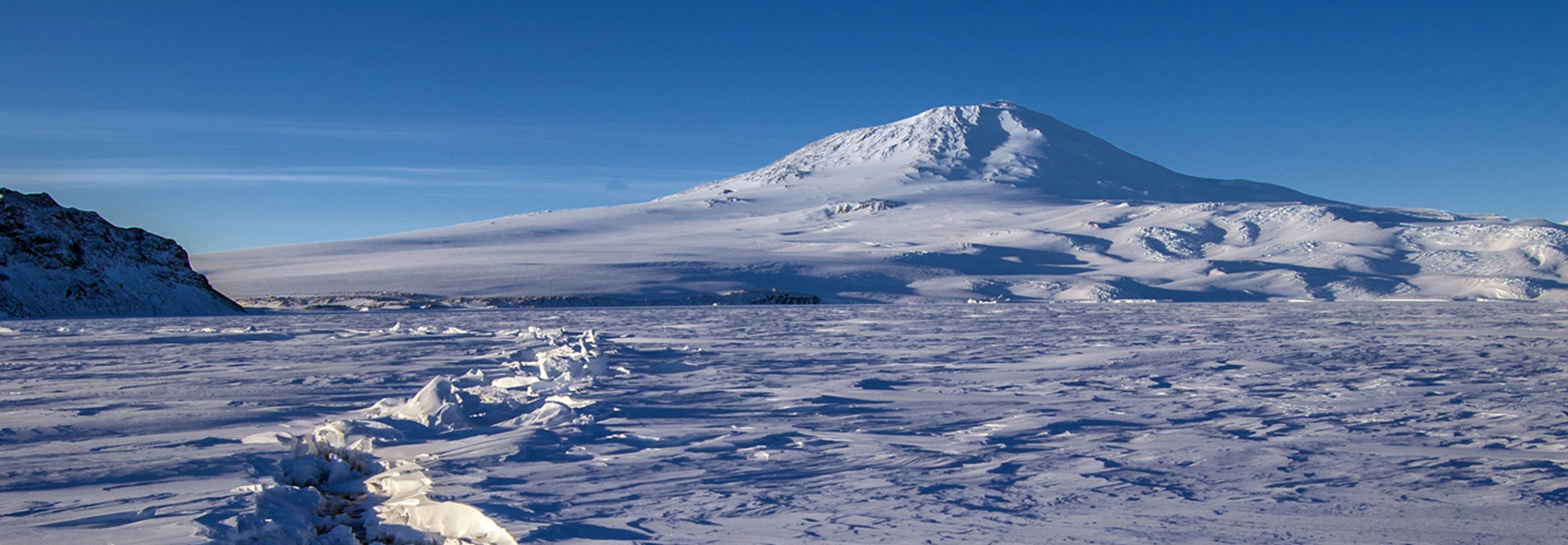




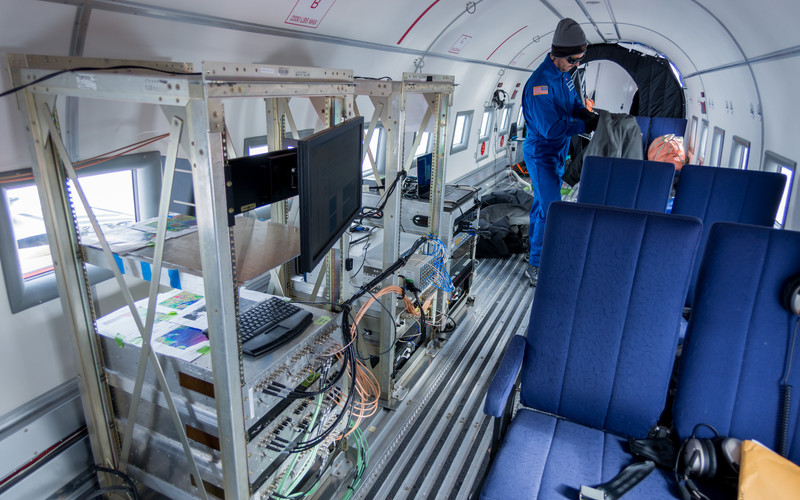

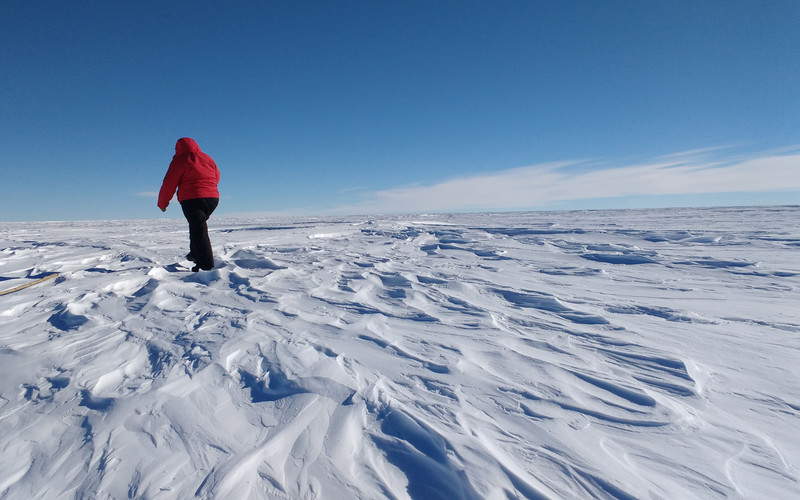
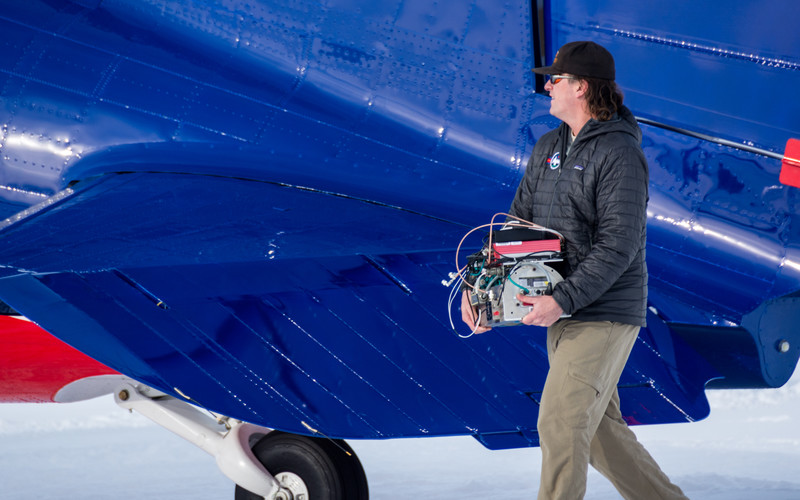
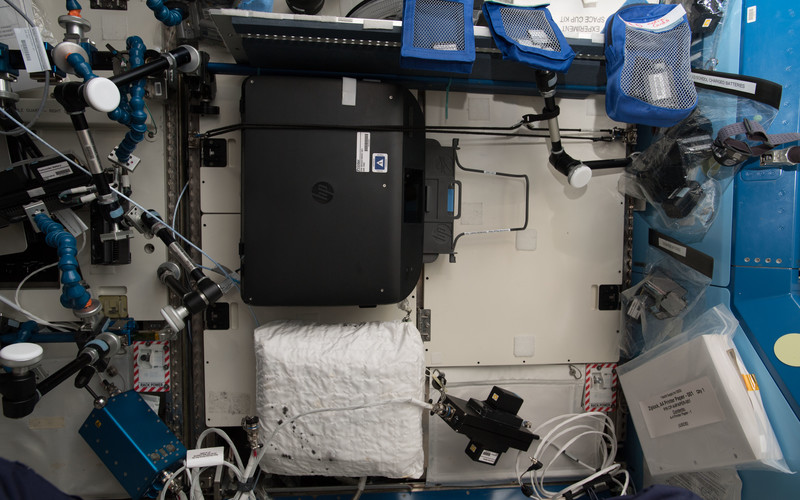
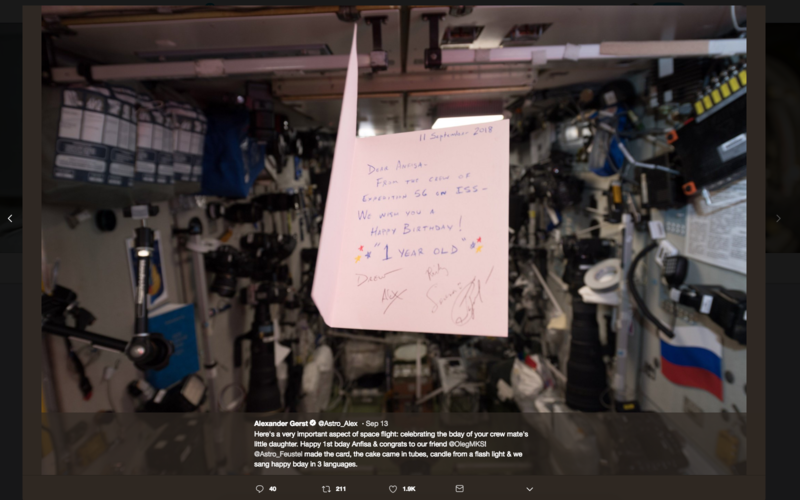
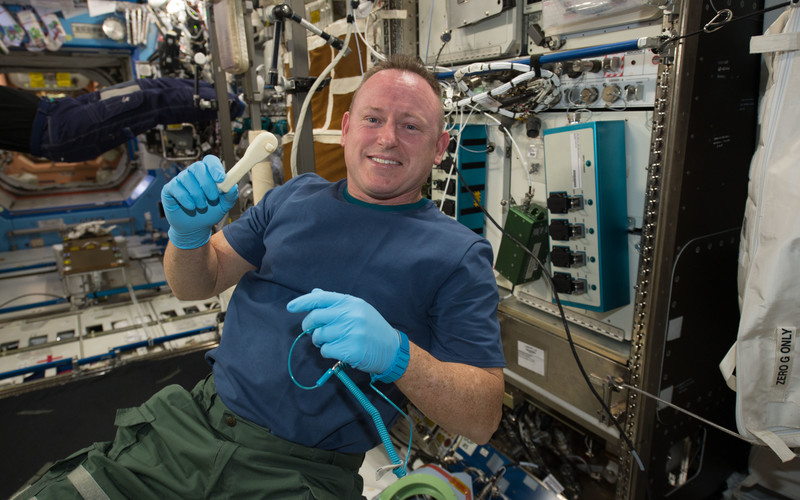
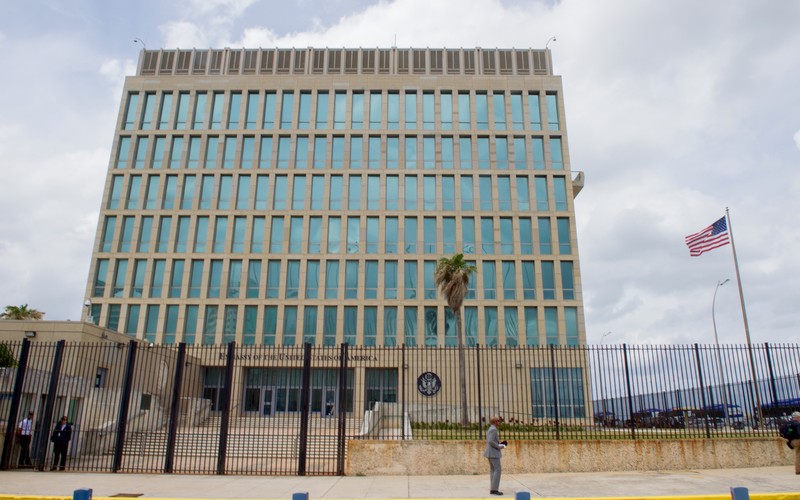
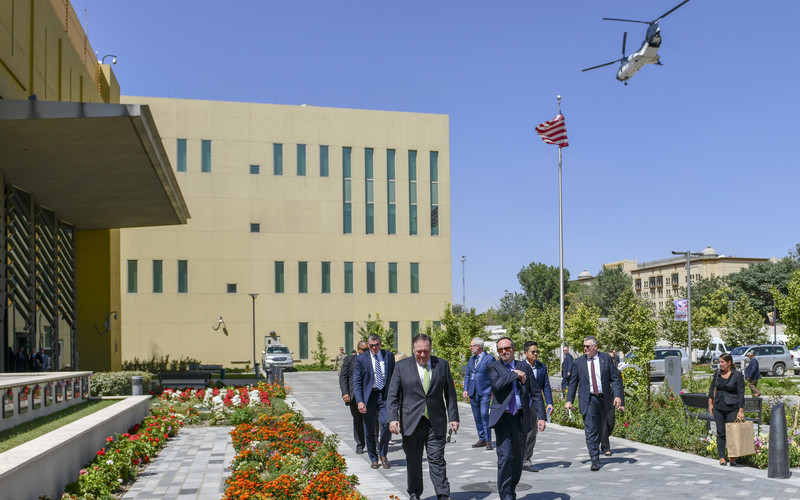

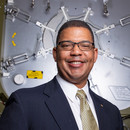
.jpg)



